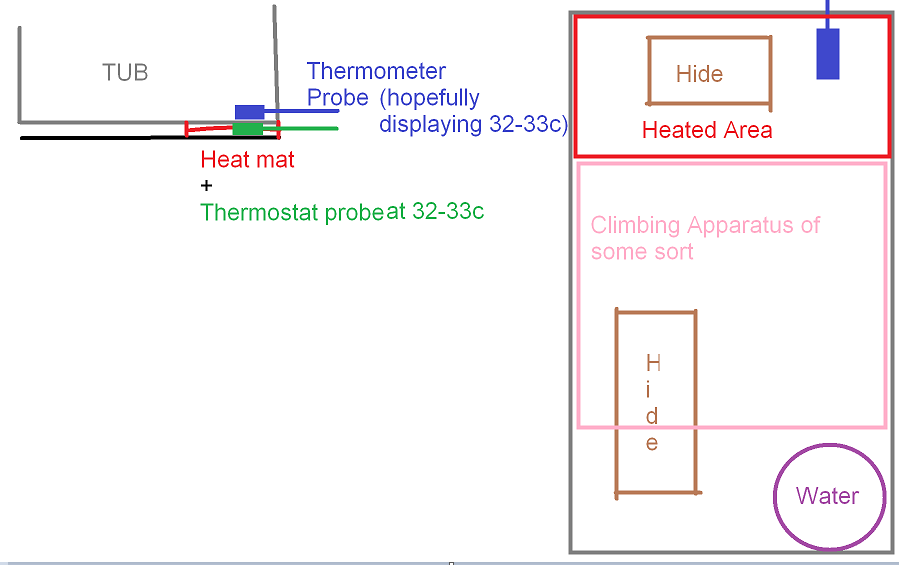newtothescene
New Member
- Joined
- Feb 22, 2021
- Messages
- 11
- Reaction score
- 0
I'm setting up my click clack container for my very first snake - either a stimson's or a spotted python (most likely spotted).
I just wanted to know:
1. If the Chipsi Beechwood XXL substrate is appropriate. The pieces of wood are quite large and I'm worried that would be damaging. The substrate's texture is rough and I need to know if, for a juvenile spotted python, this will be an issue. Also, potential to become a swallowing hazard? Yes, No?
2. Chipsi substrate is also dry; thus another concern is the level of humidity I will be able to uphold in a small container with a dry substrate. I know spotted pythons don't require humidity-excess, but I still want a good level of humidity because I don't want shedding problems, nor do I want my snake to live in discomfort.
3. I'll be soldering holes around the sides for ventilation and would like to know what diameter of the drill would be the best option to avoid any escape attempts, but still, obviously provide substantial oxygen.
4. The container I got is a bit larger than the general guidelines ,however I'll have 2 hides and a water dish taking up some of the space. Should I worry myself with downsizing or will the small juvenile spotted be just fine and feel safe in a 30x20cm?
5. Is there a better substrate that will be safe and good for a small juvenile spotted python? I was initially thinking Repti Bark but have already purchased the Chipsi substrate and need to know if I can safely use it instead.
I just wanted to know:
1. If the Chipsi Beechwood XXL substrate is appropriate. The pieces of wood are quite large and I'm worried that would be damaging. The substrate's texture is rough and I need to know if, for a juvenile spotted python, this will be an issue. Also, potential to become a swallowing hazard? Yes, No?
2. Chipsi substrate is also dry; thus another concern is the level of humidity I will be able to uphold in a small container with a dry substrate. I know spotted pythons don't require humidity-excess, but I still want a good level of humidity because I don't want shedding problems, nor do I want my snake to live in discomfort.
3. I'll be soldering holes around the sides for ventilation and would like to know what diameter of the drill would be the best option to avoid any escape attempts, but still, obviously provide substantial oxygen.
4. The container I got is a bit larger than the general guidelines ,however I'll have 2 hides and a water dish taking up some of the space. Should I worry myself with downsizing or will the small juvenile spotted be just fine and feel safe in a 30x20cm?
5. Is there a better substrate that will be safe and good for a small juvenile spotted python? I was initially thinking Repti Bark but have already purchased the Chipsi substrate and need to know if I can safely use it instead.





